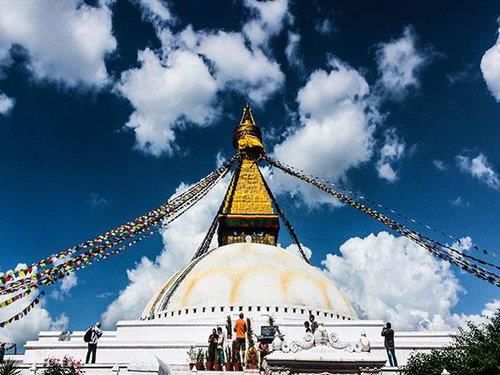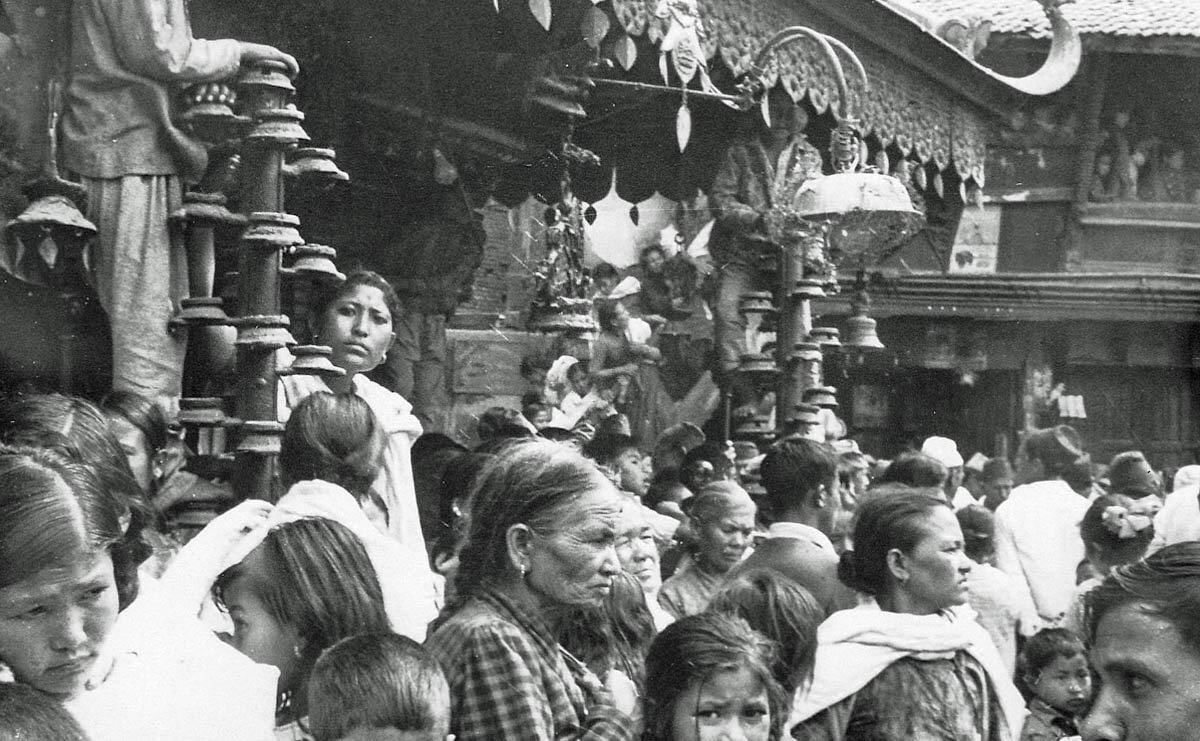|
Card: 1 / 28 |
What contrasting experiences are represented by the Pashupatinath Temple and Baudhnath Stupa? |
|
Card: 2 / 28 |
Pashupatinath Temple represents chaos and the intensity of life and death, while Baudhnath Stupa symbolizes peace and serenity. |
|
Card: 8 / 28 |
The flute symbolizes unity and the common thread of humanity that connects people across cultures. |
|
Card: 9 / 28 |
Fill in the blank: The chaotic environment of Kathmandu is characterized by ___, ___, and bustling activity. |
|
Card: 12 / 28 |
The atmosphere at Pashupatinath Temple was chaotic and confusing, filled with priests, hawkers, devotees, tourists, and animals. Worshippers jostled for proximity to priests for blessings, and only Hindus were allowed inside the inner sanctum, leading to a tense situation with Westerners attempting to enter.  |
|
Card: 16 / 28 |
The narrator observes a stark contrast between life and death, as a body is cremated while washerwomen work and children bathe along the riverbank.  |
|
Card: 17 / 28 |
True or False: The Baudhnath Stupa is characterized by chaos and noise similar to Pashupatinath Temple. |
|
Card: 18 / 28 |
False. Baudhnath Stupa is characterized by peace and serenity, contrasting sharply with the chaos of Pashupatinath Temple.  |
|
Card: 20 / 28 |
The flute seller's music evokes a sense of universality and connection among humanity, deeply moving the narrator and symbolizing shared human experiences. |


























